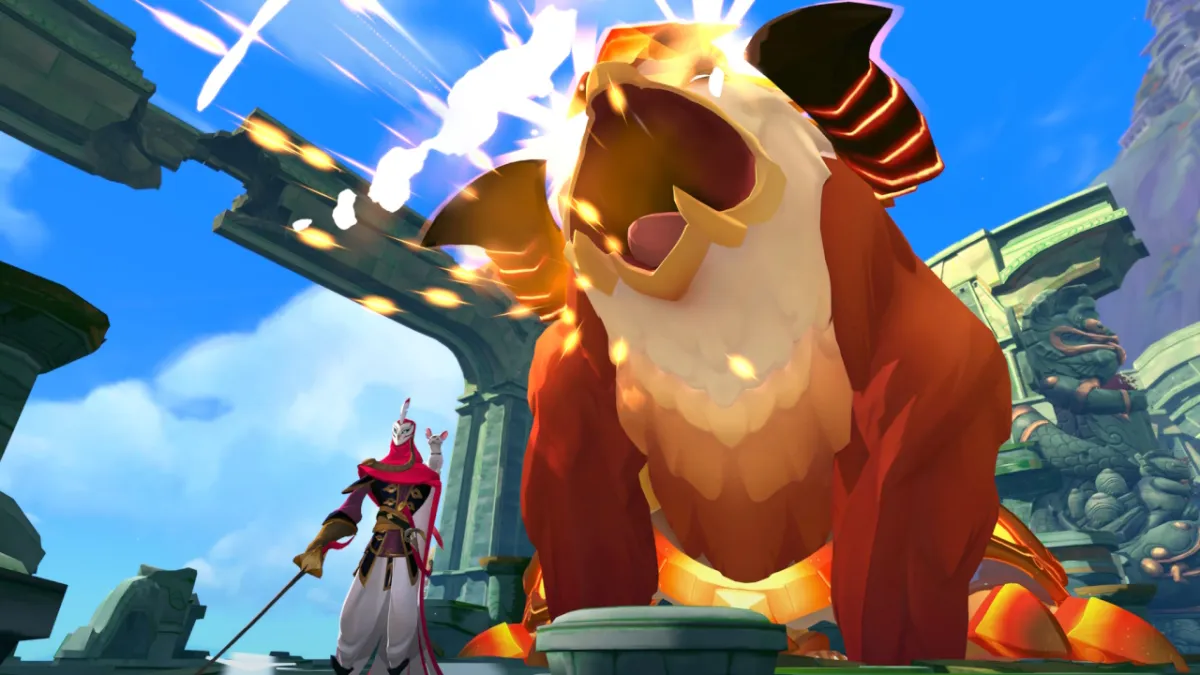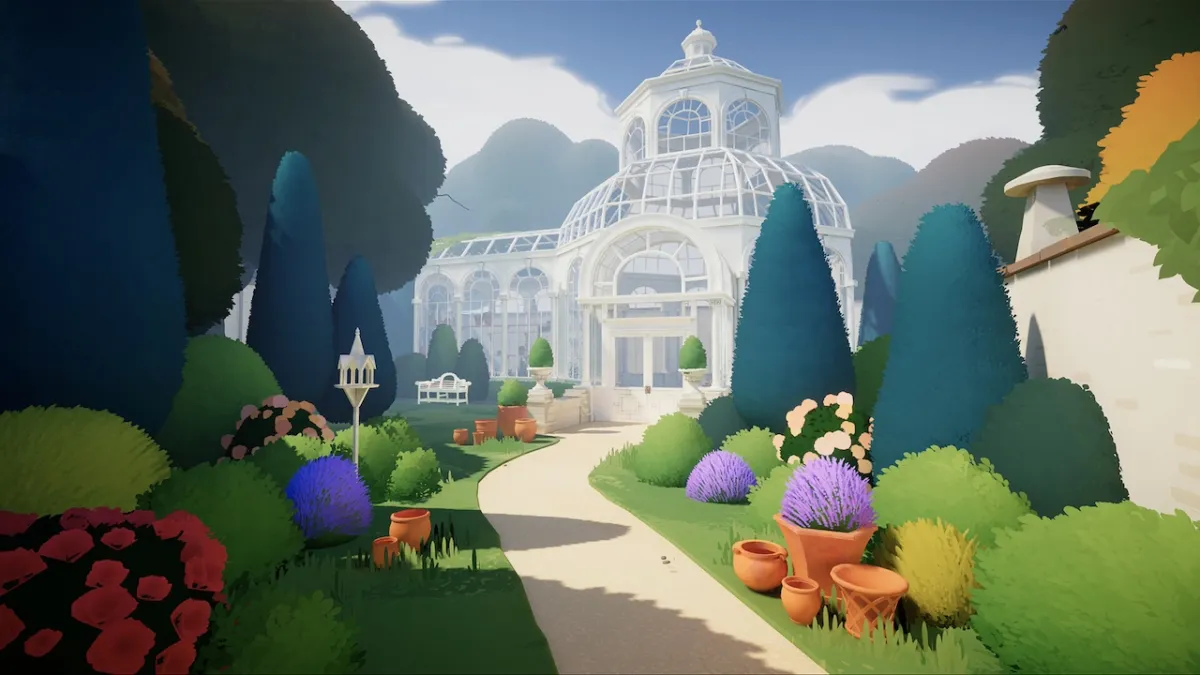The Heroes of Might & Magic series (now, for some inexplicable reason, rebranded the Might & Magic: Heroes series) has always confused me for one very minor reason: the only people I know who’ve played it without me introducing them to it are women.
Each had a different fancy: one loved HoMM2; another loved HoMM3; one got into the series “out of desperation, because it was the only game [her] mother owned.”
Conversely, every male I know got into it because I needed people to play hotseat multiplayer with me. And because I threatened them with a hacksaw. What? I like hotseat.
HoMM6 (and no, I’m not going to abbreviate it as M&M:H6) is a vastly streamlined entry into the series. Broadly speaking it’s much the same as its predecessors: you build up an empire in a turn-based fashion by fortifying cities, hiring mythical creatures, and sending them out with heroes to capture resources and battle your foes in tactical battles. Your heroes level up, gather equipment, and eventually become unstoppable forces of destruction which stand at the sidelines of battles, either hurling spells or launching individual attacks.
It’s fantasy war, really; more Disciples than Civilization. Matches tend to be on smaller, structured maps, and it’s all about crushing your enemies, seeing them driven before you, hearing the lamentation of their women etc. etc. There are no diplomatic victories here – only violence. With samurai sharks.
Resources have undergone the biggest change. There are now only four available from the mines on the map, and each falls under the “territory” of the city it’s nearest; whoever controls the city gets the resources. The upshot of this is that it’s much, much harder to piss off your opponents by ducking in and stealing their mines, and it’s equally difficult to stop foes getting high-powered units by retaining control of the resources they need.
The idea, presumably, is to try to keep the game focused on the battles rather than on sneaking heroes into enemy territory to capture their mines, and to that end it’s also a lot easier to get your angels/vampires/orcs/samurai sharks to the front lines. If your empire generates 30 Praetorians a week then you can hire all of them at any city capable of producing them, rather than having to round them up at each individual city and ferry them out to the front.
These changes are probably going to annoy and please an equal number of people. It’s a little disappointing that denying your foes important resources is much harder to do without storming their cities, but by the same token it means you need to spend less time buggering about with the logistics of war, and focusing instead on the actual making of war.
Which… is actually where HoMM6 comes a little unstuck. An unfortunate side-effect of this streamlining process is that a lot of the series’ charm has vanished as a result – the sides are no longer hugely different beasts, instead all adhering roughly to the same mechanics. They’re still fairly different in combat, with every unit boasting their own unique abilities that make them a joy to use, but all of the wonderful distinctions are gone.
There are no weaker factions that quickly get to their end-game units battling against slower but more powerful factions, and the undead factions can no longer raise fallen foes as skeletons. On the strategic map, races largely feel the same, and this even extends into the tactical battles at time – big units are rarely terrifying or awe-inspiring. They’re just bigger units, even if they can poke spikes out of the ground. There isn’t even a city screen to let you gaze lovingly at the massive fortress you’ve constructed out of what was, 30 turns ago, a shed.
It’s a shame, particularly as the recent King’s Bounty games managed to pack a tonne of charm and verve into a similar style of game (albeit with an RPG replacing the strategic focus). By comparison HoMM6 feels po-faced and bland, and it lacks the variety earlier entries in the series once had.
The storyline pulls some of this back, thankfully, and is pretty much the first time I’ve ever bothered paying attention to a HoMM plot. It follows the five Griffin children as they set out to uncover the truth about their father’s assassination and deal with the events that happen in its wake, aligning themselves with different factions and unveiling a potentially apocalyptic plot as they go. It’s not quite A Game of Thrones but it’s got a fair amount of double-dealing and behind-the-scenes shenanigans, and some adept voice-work helps keep things interesting.
Accordingly there are five campaigns, bookended with a tutorial campaign and an epilogue campaign, and you can deal with them in any order you like. Interestingly, all of the campaigns occur simultaneously, so for the big picture you need to play through all of them or things may feel a little disjointed. (That, or go online to find a flowchart of their chronological order.)
The campaigns themselves bored me, but for no reason that should come as a surprise to HoMM fans: they’re mostly puzzle maps with a cheating bastard of an AI, and you need to focus more on working out what triggers which events than you do actually strategising. This has always been somewhat true of HoMM, although there do seem to be a few too many missions which vastly delay giving you a city, meaning you need to scramble through battles losing as few troops as possible. These are the turn-based equivalent of those horrendous RTS missions which give you a handful of units to complete an objective, and the game’s no better for them. Having to restart a map two hours in because you lost too many troops early on without realising it is no fun at all.
As such, most of the enjoyment I had came from setting up skirmishes against the AI in the Custom Game section, and while the AI is no tactical genius it can put up a fair fight and it provides a good amount of entertainment. You can import Dynasty bonuses both here and in the campaign, which are little perks that carry across from game to game, ranging from weapons through to bonuses like a bit of extra gold per turn.
The Dynasty thing ties into the expected Ubisoft DRM, in fact. You can play HoMM6 without an internet connection, but none of the Dynasty features are accessible – irritating, but not a huge loss. Rather more interesting (“interesting” in the same way as, say, coming home to find your house on fire is interesting) is that, while it appears you can play the full campaign offline, you have to start again. It looks rather like you have an online profile and an offline profile, and any progress you make in one isn’t carried over to the other. If that sounds mind-bogglingly stupid, then we’re thinking along the same lines.
So it’s a fairly average HoMM game, then. Quite good fun, but with some changes that’ll incense the fanbase and some changes that just make the game a bit less interesting, with a bizarre DRM implementation. But we’re not done dissecting HoMM6 yet – oh, no. There’s one tiny little thing we have to address first.
HoMM6 is glitchy and broken beyond belief.
Some units have abilities they shouldn’t. Other abilities don’t work the way they’re supposed to, and I’m starting to wonder if one or two even work at all. Information is regularly bugged or incorrect. Graphical glitches abound, and certain combinations of items can produce some weird effects. But most galling of all is the “Week of the Plague”.
An event occurs at the start of every week; spells might cost 25% more for the next seven turns, or resource production might be halved. The Week of the Plague is, if I remember rightly, supposed to reduce creature growth to one-third normal rate. In actual fact, it reduced the number of creatures I could hire to -16,000. That’s minus sixteen thousand.
At first, I didn’t notice; when I did, I wondered if I’d missed something, or if I wasn’t supposed to hire any more creatures on this campaign map. By the time I realised this wasn’t the case, all autosaves from before the Week of the Plague triggered had been overwritten and I had no choice but to restart the map and lose a few hours of progress.
This shouldn’t be in a released game. Hell, from what I can tell, this bug was noted back in the public beta, and it still hasn’t been fixed. More problematic still is the implication that the game is so buggy in general that I couldn’t actually tell if this was a bug, or if it was just a poorly explained (but intentional) decision.
If you’re not sure whether or not you can trust the information you’re given in a strategy game then there are serious problems, particularly when the game has already had one public beta. The boxed copy feels like a second, and the game should never have been released in this shoddy condition.
This leaves me with a conundrum. On the one hand, this is – in so many ways – a buggy and broken mess of a game that should never have been released in this bloody awful condition. On the other hand, I actually quite enjoyed it whenever I wasn’t throwing my hands up in the air in exasperation. It’s far from the best of the HoMM series and there are plenty of changes I’m unhappy with, but it’s still fun for many of the reasons its predecessors were (namely: building huge stacks of unfeasibly powerful monsters and going on a rampage) and HoMM fans will still get a kick out of it, despite the glaring faults. So yes, I stand by the score below and what it means according to our review policy, but I’d like to append a disclaimer.
Might & Magic: Heroes VI can still be fixed with adequate patching, because the bugs really are its biggest problem. If it’s patched to the point where most of the biggies are removed, it will likely deserve at least another point added to this score. If it’s somehow patched further than that – if it’s brought up to the level of polish I’d expect – then I’d be happy to take a second look. If, however, it’s left in this frankly shocking state, then I honestly can’t recommend it at its current price. You’d be far better served by digging out your old copy of HoMM3 once again.
Read Article Infection Free Zone review – Zombies in your backyard

Rating:
7.5

Category:
Reviews
Infection Free Zone review – Zombies in your backyard


